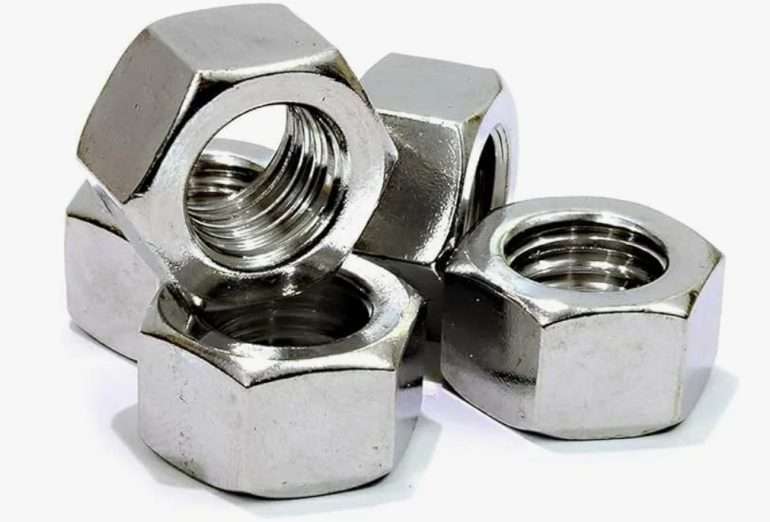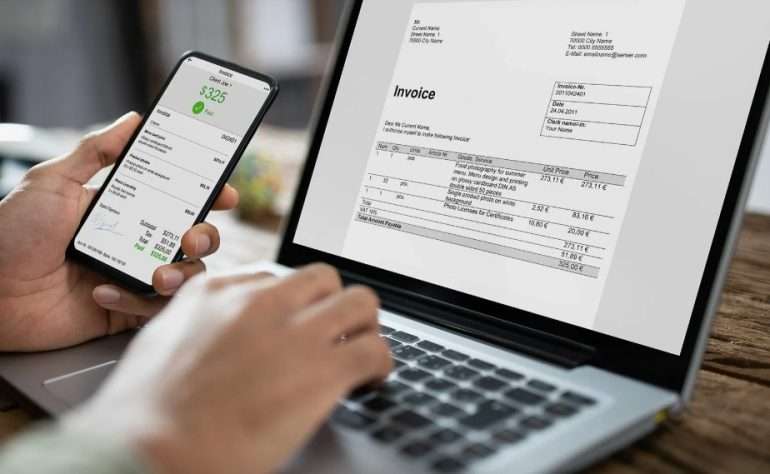Dental implants are a transformative solution for missing teeth‚ offering a permanent and natural-looking alternative to dentures or bridges. However‚ the traditional implant process can be complex‚ time-consuming‚ and sometimes daunting for patients. Enter VTA‚ or Virtual Treatment Assistant‚ a technology designed to streamline and simplify the entire dental implant journey‚ from initial consultation to final restoration. This technology promises to enhance precision‚ reduce chair time‚ and ultimately improve the patient experience.
Understanding VTA Technology
VTA leverages advanced 3D imaging and software to create a virtual model of the patient’s mouth. This model allows dentists to precisely plan the implant placement‚ taking into account bone density‚ nerve location‚ and the desired aesthetic outcome. This planning process significantly minimizes the risk of complications and ensures a more predictable result.
Key Features of VTA
- 3D Imaging and Planning: Provides detailed anatomical information for accurate implant placement.
- Surgical Guides: Facilitates precise implant insertion during surgery.
- Improved Communication: Enhances patient understanding through visual representations of the treatment plan.
- Reduced Chair Time: Streamlines the surgical process‚ leading to shorter appointments.
Benefits of Using VTA for Dental Implants
The advantages of incorporating VTA into the dental implant procedure are numerous‚ impacting both the dentist and the patient. These benefits contribute to a more efficient and successful overall experience.
- Increased Accuracy: The virtual planning eliminates guesswork and allows for precise implant placement.
- Reduced Complications: Careful planning minimizes the risk of nerve damage or other surgical complications.
- Faster Healing Time: Less invasive surgery often results in quicker recovery.
- Improved Aesthetics: Precise placement leads to a more natural-looking and functional restoration.
VTA vs. Traditional Implant Procedures: A Comparison
| Feature | Traditional Implant Procedure | VTA-Guided Implant Procedure |
|---|---|---|
| Planning | Primarily relies on 2D X-rays and clinical judgment. | Utilizes advanced 3D imaging and virtual planning software. |
| Accuracy | Lower accuracy‚ potential for misplacement. | Higher accuracy‚ minimizing the risk of complications. |
| Surgical Guides | May or may not use surgical guides. | Uses custom-designed surgical guides for precise implant placement. |
| Recovery Time | Potentially longer recovery time due to a more invasive procedure. | Potentially shorter recovery time due to a minimally invasive approach. |
| Patient Communication | Limited visualization of the treatment plan. | Enhanced understanding through visual representations and 3D models. |






